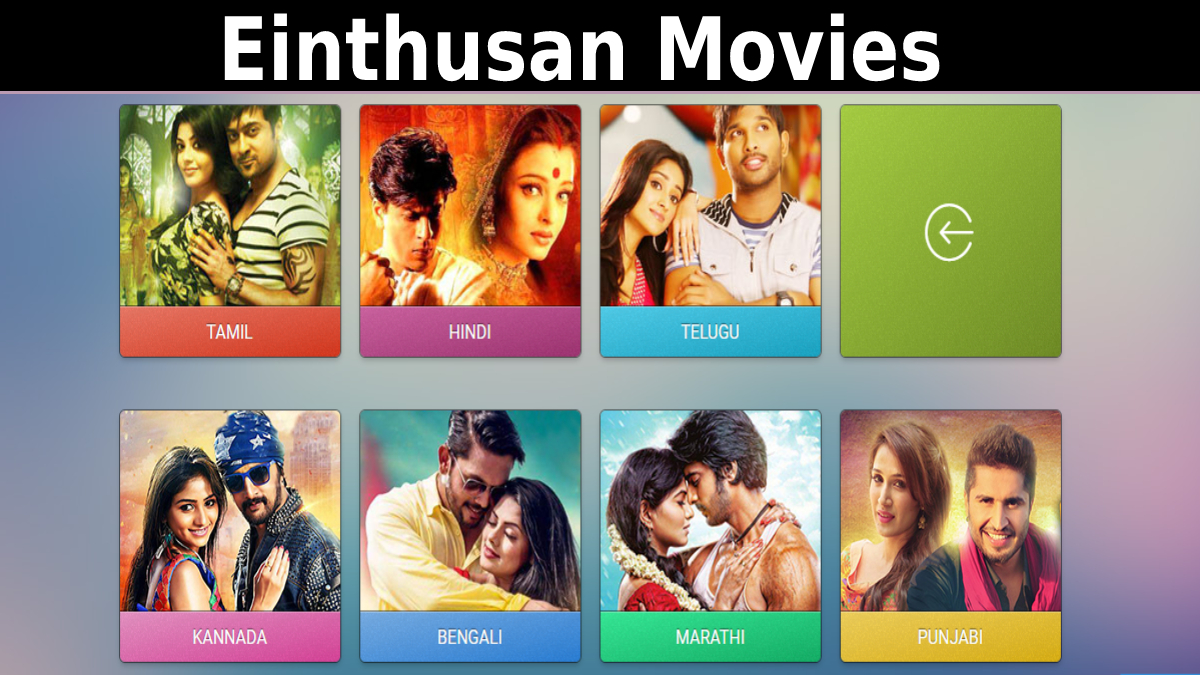Angular is a powerful front-end framework created by Google, commonly used for developing dynamic single-page applications (SPAs). Its modular architecture and rich feature set make it a preferred choice for both developers and organizations. With the growing demand for Angular professionals and expertise, excelling in an Angular interview requires a solid understanding of core concepts and common interview questions.
This blog explores important Angular interview questions, which will help you in preparation for success.
Understanding Angular Basics
Angular is an open-source framework designed to simplify the creation of single-page applications (SPAs). TypeScript enhances code readability, maintainability, and scalability by providing static typing and advanced features. Understanding Angular’s architecture and key features is one of the most frequently discussed topics in interviews.
What makes Angular different from AngularJS?
Angular (v2 and its later versions) shows a complete redesign and modernization of AngularJS. Unlike AngularJS’s reliance on the Model-View-Controller (MVC) pattern, Angular adopts a component-based architecture. Furthermore, Angular is written in TypeScript, which offers strong typing and modern ECMAScript features, making it more robust for large-scale applications.
Why is Angular widely used?
Angular simplifies web development by providing tools for declarative UI design, two-way data binding, and seamless communication with backend services. These capabilities make it an excellent framework for dynamic, interactive, and responsive web applications.
Core Concepts and Architecture
Understanding Angular’s architecture is key to mastering it. An Angular application is a collection of modules, components, services, and templates.
What is the role of components in Angular?
Components are the building blocks of Angular applications. Each component in Angular is associated with a template and controls a section of the UI. Components encapsulate data, logic, and presentation, making the application modular and maintainable.
How does Angular handle dependency injection?
Dependency Injection (DI) is a design pattern that Angular heavily relies on. It allows developers to inject services, such as HTTP clients, into components or other services. This approach promotes reusable, testable, and decoupled code.
Data Binding and Directives
Data binding and directives are central to Angular’s ability to create dynamic UIs.
What is data binding in Angular?
Data binding refers to the connection between the application’s business logic and the user interface. Angular supports multiple forms of data binding, including:
- Interpolation for displaying dynamic content.
- Property binding for setting properties of DOM elements.
- Event binding for responding to user actions.
- Two-way binding for synchronizing data between the component and the view.
What are directives, and why are they important?
Directives are special markers in the DOM that tell Angular to modify its behavior or layout. Structural directives like *ngIf and *ngFor alter the DOM structure, while attribute directives such as ngStyle and ngClass change the appearance or behavior of an element.
Routing and Navigation
Angular’s routing module facilitates navigation between different views or pages in an application.
How does Angular handle routing?
Angular uses the RouterModule to define routes. Each of these routes helps in linking a path to the component, which enables navigation of the page without reloading. The Router service manages the application’s route states, making it possible to create seamless navigation experiences.
What are route guards?
Route guards are utilized to manage access to specific routes within an Angular application. They include:
- CanActivate to prevent unauthorized access.
- CanDeactivate is used to block navigation away from a page if there are unsaved changes.
- Resolve to pre-fetch data before activating a route.
Forms in Angular
In web applications Forms are an important aspect of user input.
How do template-driven forms differ from reactive forms?
Template-driven forms rely on directives in the template and are best for simple forms. In contrast, reactive forms are model-driven, making them more suitable for complex validations and dynamic behavior.
Why is form validation important in Angular?
Angular provides built-in validators and also allows developers to create custom validators to maintain data integrity and enhance the user experience. Validations can be synchronous or asynchronous, depending on the requirements.
Angular Modules and Libraries
Angular applications are modular, and each module encapsulates a feature or a set of related functionalities.
What are NgModules?
NgModules are metadata containers that define an Angular application. They help in organizing the app into cohesive blocks, enabling better maintainability and scalability. The root module, typically AppModule, bootstraps the application, while feature modules encapsulate related functionalities.
What are Angular libraries?
Angular libraries are reusable sets of Angular modules that extend the framework’s capabilities. Common libraries include Angular Material for UI components and RxJS for reactive programming.
Performance Optimization
Performance optimization ensures that Angular applications run efficiently.
How can you improve the performance of an Angular app?
Strategies include:
- Using Ahead-of-Time (AOT) compilation to reduce runtime overhead.
- Lazy loading modules to load resources on demand.
- Reducing change detection overhead by using OnPush strategy.
- Minifying and compressing assets for faster loading.
Why is lazy loading important?
Lazy loading is important because it improves the performance by loading modules when they are needed. This reduces the initial load time of the application, especially for larger apps.
Testing in Angular
Testing is integral to ensuring the reliability of Angular applications.
What types of testing are used in Angular?
Angular supports unit testing for individual components and services, and end-to-end (E2E) testing for simulating user interactions. Frameworks like Jasmine and tools like Karma are commonly used for Angular testing.
What is TestBed in Angular?
TestBed is an Angular testing utility that provides a way to configure and initialize the environment for unit testing. It guarantees that tests remain independent and can be consistently reproduced.
Advanced Topics
What is Angular Universal?
Angular Universal helps in enabling the server-side rendering (SSR) of Angular applications. It improves performance, enhances SEO, and reduces the time to first contentful paint.
What are Angular pipes?
Pipes transform data in templates. Built-in pipes like date, currency, and uppercase are commonly used, and developers can create custom pipes for specific transformations.
What is the role of RxJS in Angular?
RxJS is a library for reactive programming. It plays a critical role in Angular by enabling the implementation of Observables, which are essential for handling asynchronous data streams.
Conclusion
Angular’s rich ecosystem and powerful features make it a valuable framework for web development. By understanding core concepts, mastering Angular interview questions, and staying updated with best practices, developers can confidently approach interviews and excel in their roles. Whether you’re navigating routing, optimizing performance, or testing components, a deep understanding of Angular will set you apart in the competitive job market.








